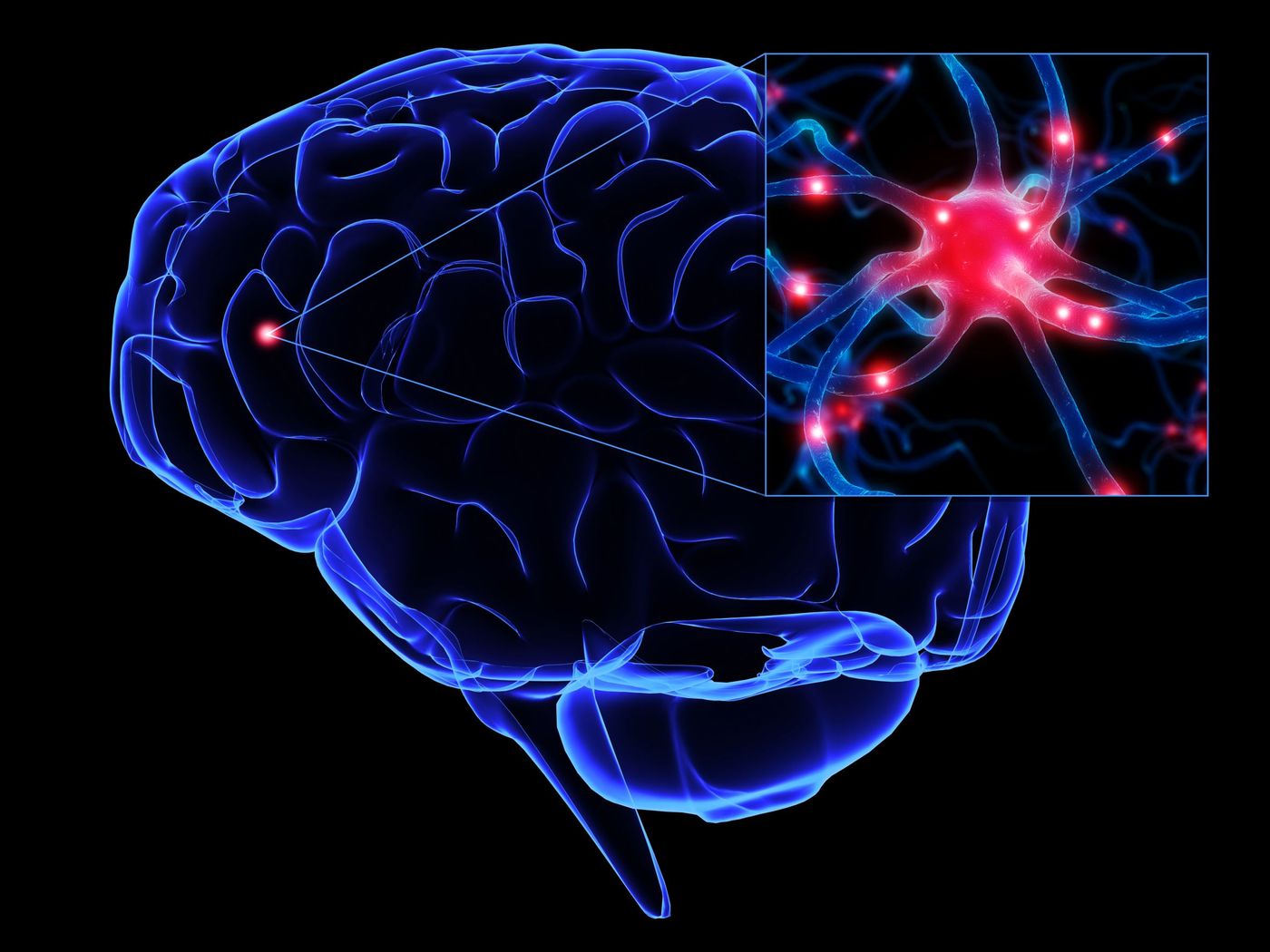The complex functions of the human brain are what develop unique personality traits, behavior, memory, and so much more. In an effort to associate precisely what neurons fire to stimulate certain actions and thoughts, scientists from the Allen Institute for Brain Science looked at the genetic makeup of individual brain cells.
From the visual cortex of experimental mice, Allen Institute researchers examined thousands of genes per cell. They analyzed more than 1,600 cells. Without their computational dimension reduction techniques, Vilas Menon, PhD, related interpreting the genetic data to “sorting Skittles in the dark.” Fortunately, their technology allowed the team to group genes together based on similar expression patterns.
"With single-cell gene expression data, we get the equivalent of color, or type, information, but we still have to extract it from the large-scale data set,” Menon said.
The researchers fluorescently tagged brain cells for sequencing. Once the transcriptome of each individual cell was sequenced, genetic expression data could be extracted and analyzed for grouping.
49 groups, 42 being neuronal cell types, were found to be distinctive by genetic expression patterns. This initial grouping provides a foundation for understanding how the brain works.
“Our work is one more step toward assigning genes to specific cell types and then helping investigate what these genes do, how they work together, and how they ultimately make our nervous systems and us who we are,” said Bosiljka Tasic, PhD, assistant investigator. Their study will be published this month in
Nature Neuroscience.
For more on the brain and genetics:
Source:
Allen Institute









